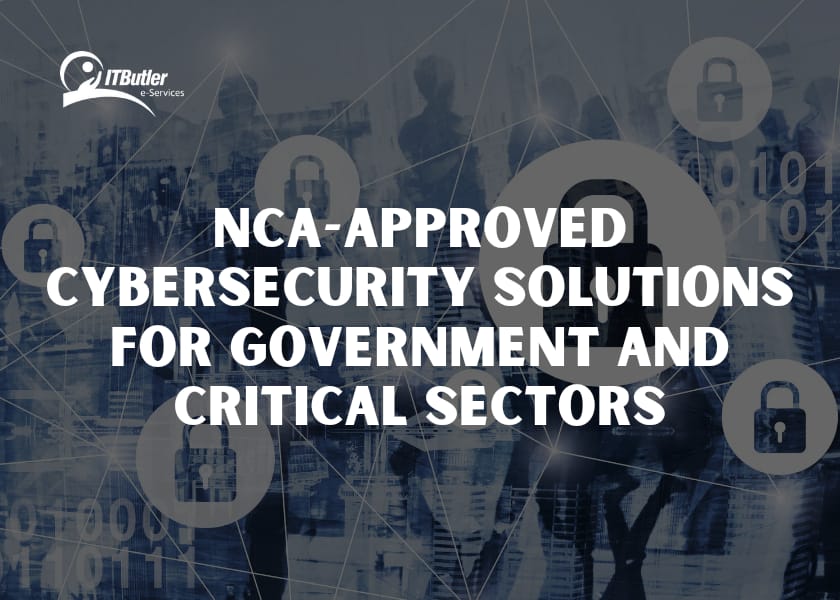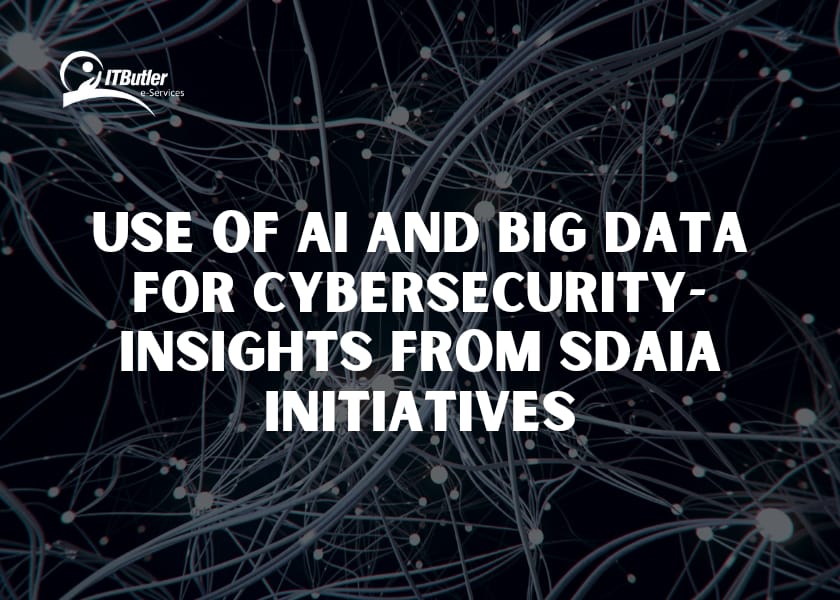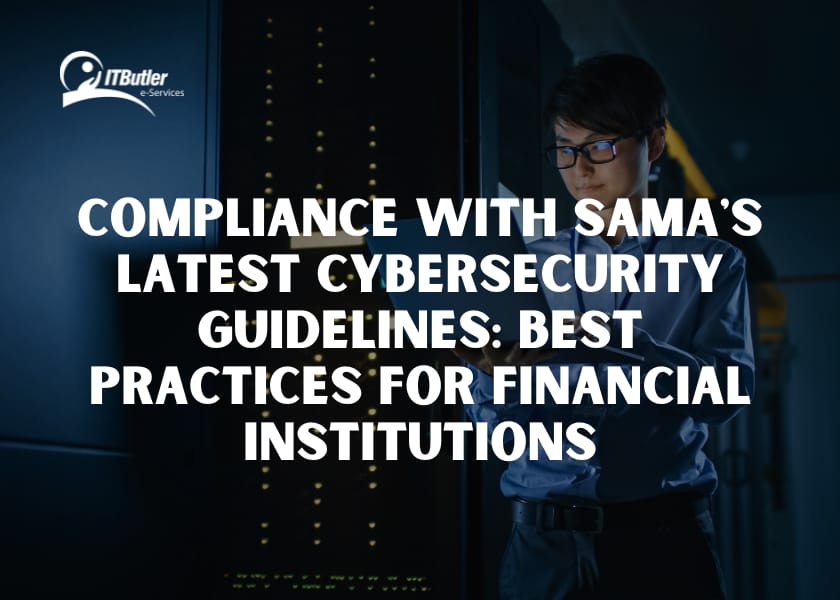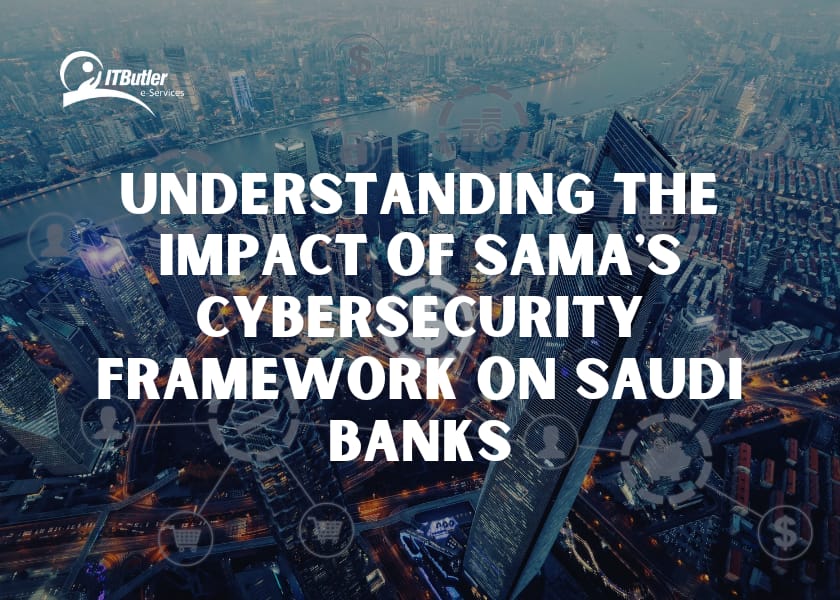Cybersecurity has become an important issue to organizations such as government, healthcare, energy, finance, and communications. However, some have experienced cyberattacks targeting sensitive information and essential services. Therefore, the National Cybersecurity Authority NCA has formulated guidelines to cope with this situation. The NCA cybersecurity solutions got approved and these can clearly and effectively guarantee protection in these sectors.
Moreover, these NCA-approved solutions assure organizations in terms of high-quality security, reliability, and compliance. So in this article, we will discuss the type of NCA-approved solution. How they handle unique challenges in government and critical industries.
NCA Cybersecurity Solutions
1. Network Security Solutions
Network security essentially constitutes the heart of cybersecurity defense mechanisms. So, NCA cybersecurity solutions protect organizations by monitoring, detecting, and preventing unauthorized access.
Firewalls: A barrier between a trusted internal network and an external one is termed a firewall. They control and monitor network traffic based on security rules to block harmful data from entering the system.
Intrusion Detection and Prevention Systems (IDPS): The IDPS tools monitor network traffic or suspicious activities. However, these systems automatically monitor and regulate threats, mitigating risks before damage occurs.
Virtual Private Networks (VPNs): NCA-approved VPNs encrypt the connection to ensure the safety of networks. Moreover, this is very common for most government agencies to perform remote work while ensuring safe access to data.
2. Endpoint Security Solutions
However, the Cyberattackers target the most popular items, which include computers, mobile devices, as well as servers. These entities will be protected with NCA cybersecurity solutions to identify any potential threats. Further, this will help the user respond accordingly.
Antivirus and Anti-Malware Software: These solutions detect, identify, and eliminate harmful software from devices. However, the advanced versions can use behavioral analysis that detects unknown threats triggered by suspicious activity.
Mobile Device Management (MDM): Mobile Device Management MDM products secure mobile devices. These technologies enforce strict policies to control access to information and implement remote wiping. This is done in case a device is lost or stolen.
Endpoint Detection and Response (EDR): EDR tools work by monitoring and collecting endpoint data to detect and respond to advanced threats. Thus, adding another layer of protection beyond the prevention of sophisticated attacks on specific devices.
3. Data Protection and Encryption Tools
It safeguards sensitive data, preventing it from unauthorized access, even when other defenses have been violated.
Data Loss Prevention (DLP): DLP solutions monitor and control data transfer to protect sensitive information. For example, it protects the patient’s medical records or financial information. So that it does not get into malware activity.
Encryption Tools: The encryption tools are software utilities that transform data into unreadable code, which only authorized users can decrypt. However, the encryption tools ensure the protection of data at rest and in transit.
Secure File Sharing: They help in the secure sharing of confidential file sets which eases collaboration within governmental organizations or related critical sectors. Moreover, it is all done without exposing data to exterior threats.
4. Identity and Access Management (IAM)
Identity and Access Management solutions determine who can access particular information or systems. As it reduces the risk of threats posed by unauthorized access.
Multi-Factor Authentication (MFA): MFA adds more layers of security to company passwords for proof of identity. Such as fingerprint scanning or SMS codes.
Single Sign-On: SSO allows users to log on only once to an application with the same set of credentials. They can then be used multiple times in the long run to el, eliminate complex, ty in access while offering security.
Privileged Access Management (PAM): PAM solutions track the access-related activities of users having high privilege. Those users should be able to view only relevant data according to the roles assigned to them.
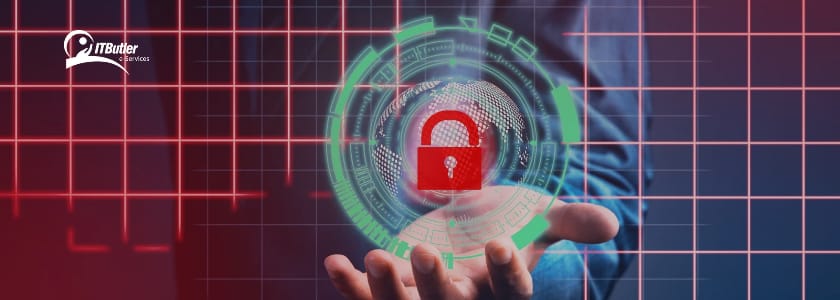
5. Cyber Incident Response and Recovery Tools
Cyber incident response tools allow organizations to rapidly identify, respond to, and recover from cyber incidents. Thus ensuring that downtime and damage related to data breaches are at a minimum.
Security Information and Event Management: SIEM systems aggregate and analyze information flowing from various sources to detect abnormalities in activity patterns. Ultimately, this helps the security team respond effectively to emerging threats.
Automated Incident Response: These tools may use automation in response to low-level incidents containing a threat without human interference. Such automatic responses accelerate recovery, more so during high-volume attacks.
Backup and Disaster Recovery Solutions: Organizations must have regular backups and disaster recovery tools. So that data and systems can be recovered in the event of a cyber-attack, thereby ensuring speedy continuity of services.
Considerations for NCA Cybersecurity Solutions
On the contrary, beyond proper solution selections organizations in government and critical sectors should consider the following;
1. NCA Standards Compliance
The solutions selected herein are based on the regulatory standards approved by the NCA. However, the organizations will be involved in compliance with national cybersecurity policies.
2. Employee Training
In business, employee education is the first line of system defense. However, adequate education for the employees concerning security best practices minimizes the risks of human mistakes. Thus, reducing the chances of phishing attacks.
3. Continuous Monitoring and Updating
Since cyber threats change daily, monitoring and updating the systems are critical. Updates mostly support NCA-approved solutions, ensuring the protection of defenses.
Role of NCA Cybersecurity for Government and Critical Sectors
NCA provides standards, policies, and frameworks in which an organization can build a resilient cybersecurity infrastructure. It guides and oversees government institutions and critical sectors to ensure they use dependable tools. This would help them in turn defend themselves against advanced cyber threats.
Therefore, organizations continue to observe NCA guidelines, which provide a strategic advantage in achieving their missions without the constant fear of data breaches.
Conclusion
In government and critical sectors, cybersecurity is no longer just an information technology issue but one of national and public interest and business continuity. However, the NCA-controlled sectors require dependable, compliant, and defensive technology tools to counter cyber criminals. So that is where approved NCA cybersecurity solutions come in.
In network security solutions, threat identification, prevention, containment, eradication, recovery, and correction help realize the role of each solution category. Therefore, the organizations can defend the personal data, infrastructure, and services by implementing the solutions pass the NCA benchmarking.
FAQs about NCA Cybersecurity Solutions
-What is the NCA framework?
NCA framework is the cybersecurity regulations formulated by Saudi’s National Cybersecurity Authority to safeguard the nation’s cyberspace.
-What is NCA used for?
NCA stands for National Cybersecurity Authority which is utilized to set cybersecurity policies, standards, and guidelines in Saudi Arabia. Moreover, it also ensures the protection of cyberspace and information from any assault in the Kingdom of Saudi Arabia.

